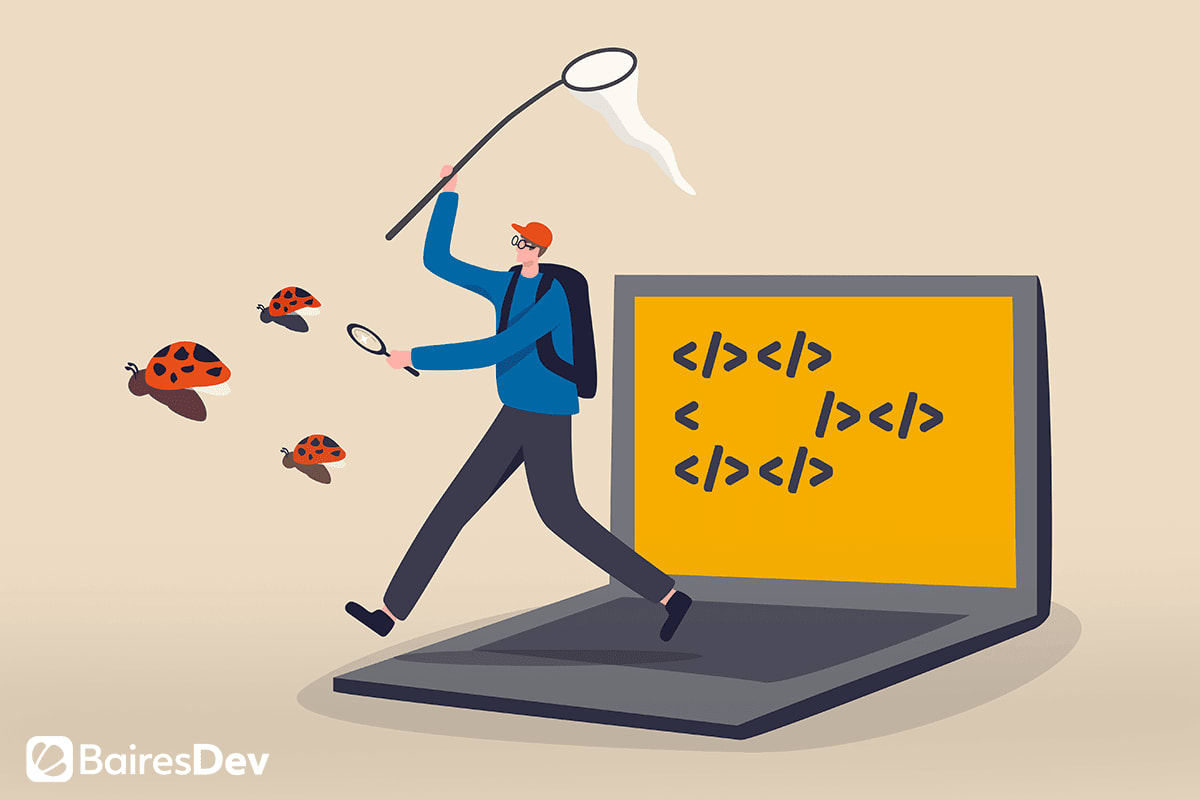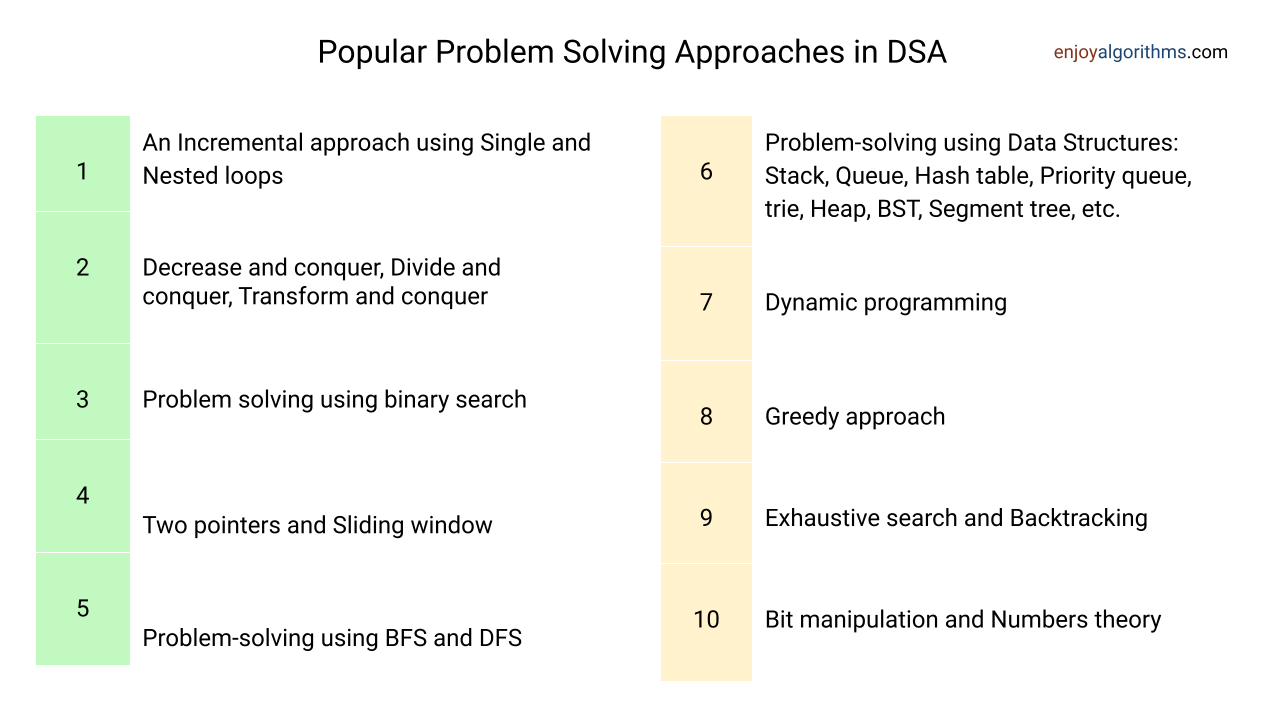
PLC Programming Tips Mastering the Basics for Success
Unlocking the Secrets of PLC Programming: Tips and Tricks for Success
Understanding the Basics
PLC programming forms the backbone of automation in various industries, from manufacturing to process control. Understanding the basics is crucial for mastering PLC programming. Familiarize yourself with ladder logic, function blocks, and structured text to lay a strong foundation.
Optimizing Efficiency
Efficiency is key in PLC programming. By optimizing your code, you can ensure faster execution times and smoother operations. Utilize subroutines, modular programming techniques, and efficient data structures to streamline your code and maximize efficiency.
Debugging Like a Pro
Even the most seasoned PLC programmers







